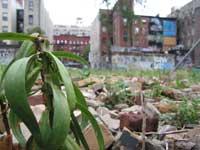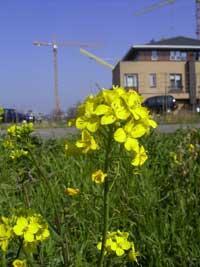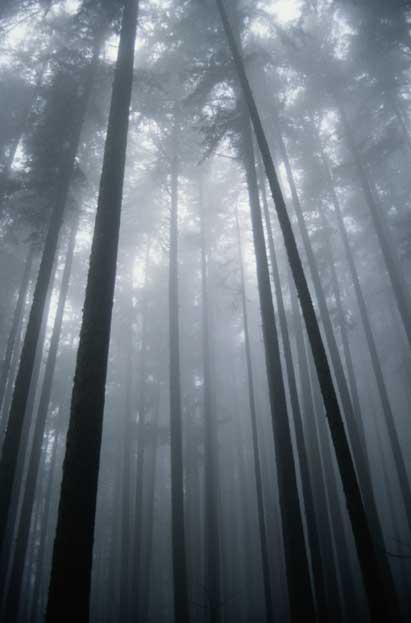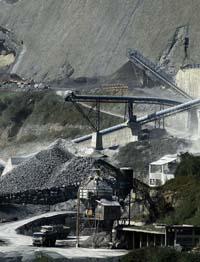Concrete remains accompanied
2008/12/16 Lakar Iraizoz, Oihane - Elhuyar Zientzia

Concrete is therefore the symbol of civilization. But civilization has a darker side: More than one believes that it is like the horse of the atla, that is, that in the place where it is oppressed does not produce again grass. The construction of a concrete building destroys the natural part that existed in it, it will never be the one that existed until then.
We can never say that one thing is necessarily white or black. And in the case of concrete it cannot be said that it only hurts the environment. A scientist at the University of Newcastle has discovered that concrete ruins, remnants of ancient buildings, can serve to remove from the atmosphere the carbon dioxide that we are increasingly accumulating in the atmosphere and leave it trapped in the ground.
Logically, the concrete parts that once were walls or ceilings of a building cannot do it by themselves. What happens is that they give special characteristics to the soil and that, from these characteristics, certain plants can carry out the aforementioned "capture".

The essence is calcium
What can a fallen wall offer to the floor? Well, calcium. Cement is very rich in calcium. The compound that gives cement the hardening capacity, among others, contains calcium, so it is essential to add calcium in the cement plants. Therefore, the areas where there are remains of demolished buildings have a high calcium content, corresponding to their own geology.
We know that plants receive carbon dioxide from the air, and that with this carbon they produce sugars and their tissues and components to form structures. But they do not use everything for this: a part of the carbon captured from the atmosphere is expelled from its roots to the surrounding soil.
In fact, they do so when they lack food. They expel carbon in an acid to dissolve the stones around them and use dissolved carbon as a mineral food.
In a soil rich in calcium, the acid reacts with calcium forming calcium carbonate. Calcium carbonate, together with other compounds, can form chalk.

The geologist at Newcastle University discovered chalk. He sought a way to restore a mine and wanted to see what was going on leaving three hills of pieces of stones covered with compost. He returned five years later and discovered much more than existing geology should have taken into account. Analyzing where this clarion came from, he discovered that the plants produced the carbon of that clarion.
He discovered what he had found and, in order to confirm that the conclusions were correct, studied a land full of concrete remains in which he also found fragments of chalk from the plants.
Chalk is a very stable stone that can remain on the ground for a very long time, without altering. And, of course, also the carbon containing chalk. It's not a bad way to capture carbon from the atmosphere! This is what the Newcastle geologist says. He said that this carbon capture system can be improved by planting plants that release large amounts of acid from their roots in areas with concrete remains, thus making the environmental part in which it is in fact so affected.
Published in Deia

Gai honi buruzko eduki gehiago
Elhuyarrek garatutako teknologia






